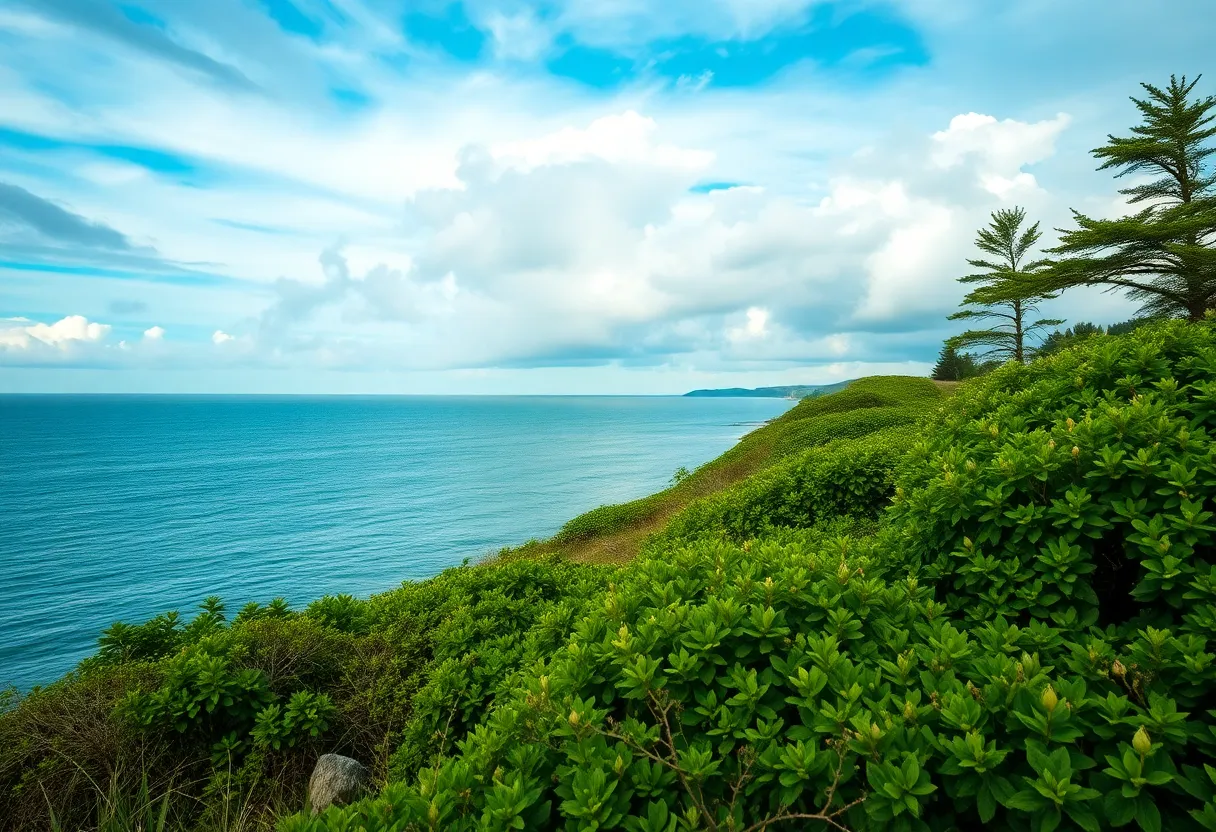News Summary
New England is set to experience its longest duration without a hurricane as the Atlantic hurricane season nears. The last storm to hit was Hurricane Bob in 1991, marking a significant 34-year gap. NOAA forecasts an above-normal hurricane season ahead, prompting local officials to emphasize preparedness among residents. A 40% chance of at least one storm impacting Massachusetts highlights the need for vigilance as the community reflects on the historical impacts of severe hurricanes.
Boston, Massachusetts – New England is on track to face its longest period without a hurricane, as the busy Atlantic hurricane season approaches. The last hurricane to make landfall in the region was Hurricane Bob, which struck on August 19, 1991. This marks nearly 34 years without a hurricane impact, making it the second longest quiet period in the area’s recorded history of 174 years.
Data shows that since records began in 1851, only 15 hurricanes have made landfall in New England. On average, the region experiences one hurricane landfall every 11 to 12 years. The longest recorded gap without a hurricane occurred between 1896 and 1938, lasting 42 years. The most notable hurricanes in the area, classified as major (Category 3 or higher), were recorded in 1869, 1938, and 1954. Most recently, Hurricane Bob, which was classified as a Category 2 hurricane at landfall, caused significant damages along the Rhode Island coastline, with damages estimated at $1 billion.
Looking ahead, the National Oceanic and Atmospheric Administration (NOAA) has forecasted that the upcoming hurricane season will be above normal, expecting between 13 to 19 named storms. Massachusetts Governor Maura Healey has declared “Hurricane Preparedness Week” from July 6 to 12, aiming to raise awareness about the importance of planning and preparedness among residents.
During last year’s hurricane season, the increasing frequency and intensity of tropical storms impacting inland regions far from the coast were highlighted. The Massachusetts Emergency Management Agency (MEMA) is actively distributing hurricane safety tips and resources, both online and through public billboards, to ensure that residents are informed and prepared.
Residents are urged to create emergency plans and build emergency kits capable of sustaining them for 3-5 days without power. In addition, it is recommended that individuals stay informed through emergency alert systems. Experts have indicated there is a 40% chance that at least one storm could strike Massachusetts this season, with an 18% chance that this could be a hurricane.
Despite the long period without hurricane strikes in the 21st century, there is a growing sense of unease about potential surprises from the next storm. The history of severe storms in New England underscores the importance of preparedness, as seen in the immense destruction caused by past hurricanes. The Great New England Hurricane of 1938, for instance, produced the highest hurricane-related winds in the United States at 186 mph and resulted in approximately 600 fatalities alongside $400 million in damages. Hurricane Carol in 1954 led to 68 deaths and damages exceeding $461 million, with Hurricane Gloria in 1985 causing 8 fatalities and about $900 million in damages.
In summary, New England’s extended hurricane-free streak is noteworthy but also necessitates caution. Residents must remain vigilant as the 2023 hurricane season unfolds, with preparation being a critical component of ensuring safety in the face of potential storms.
Deeper Dive: News & Info About This Topic
HERE Resources
Additional Resources
- Boston Herald
- Wikipedia: Hurricane
- Boston 25 News
- Google Search: Hurricane Preparation
- Boston Globe
- Google Scholar: Hurricane Historical Data
- Cape Cod Times
- Encyclopedia Britannica: Hurricane
- Wicked Local
- Google News: New England Hurricane History

Author: STAFF HERE BOSTON WRITER
The BOSTON STAFF WRITER represents the experienced team at HEREBoston.com, your go-to source for actionable local news and information in Boston, Suffolk County, and beyond. Specializing in "news you can use," we cover essential topics like product reviews for personal and business needs, local business directories, politics, real estate trends, neighborhood insights, and state news affecting the area—with deep expertise drawn from years of dedicated reporting and strong community input, including local press releases and business updates. We deliver top reporting on high-value events such as Boston Marathon, Head of the Charles Regatta, and Boston Harborfest. Our coverage extends to key organizations like the Greater Boston Chamber of Commerce and Associated Industries of Massachusetts, plus leading businesses in finance, biotech, and insurance that power the local economy such as Fidelity Investments, Biogen, and Liberty Mutual Insurance. As part of the broader HERE network, we provide comprehensive, credible insights into Massachusetts's dynamic landscape.





